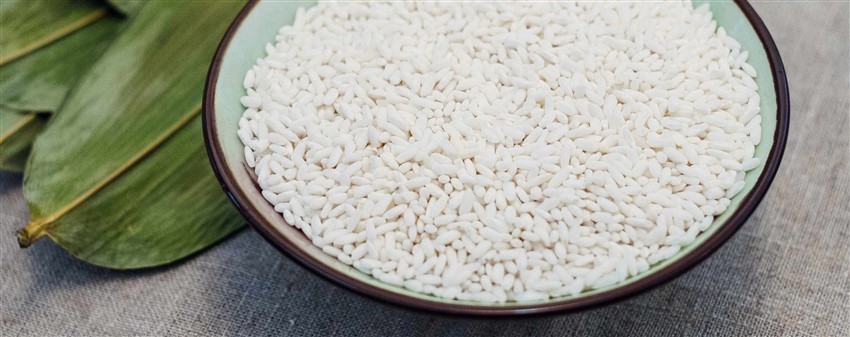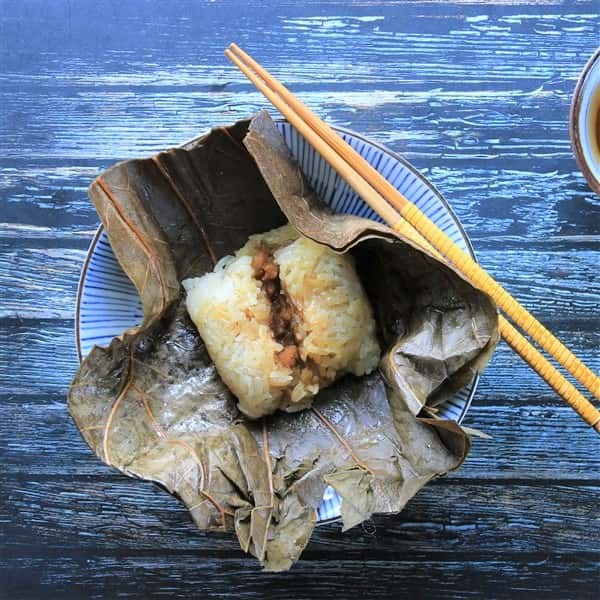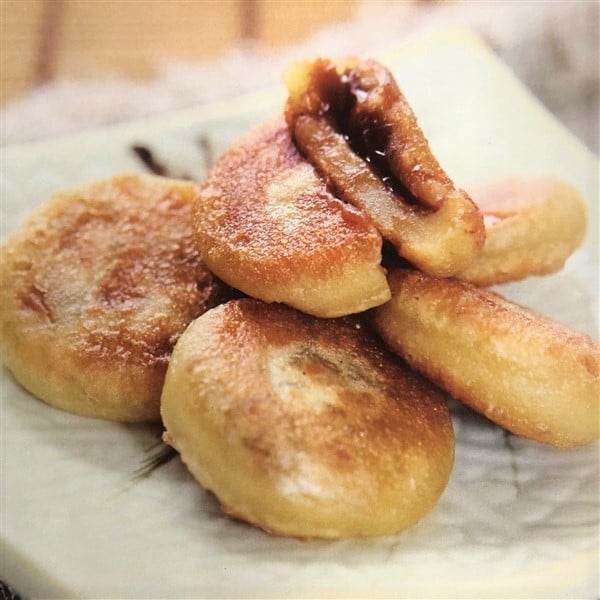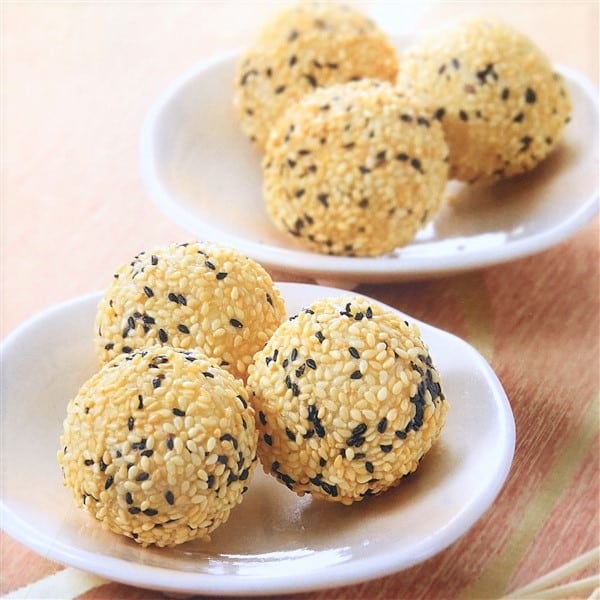Sticky Rice
Gummy and smooth, sticky rice is a favorite ingredient for making snacks all across China and even in many different parts of the world. Here you will find top Cantonese sticky rice easy recipes to help you make the best sticky rice dim sum in an exhaustive, professional, step-by-step manner. Even you can experience the unfamiliar Chinese dim sum culture by making savory authentic sticky rice dishes from the comfort of your home.
Sticky rice is husked rice grain from the glutinous rice plant. While in southern China it is known as nuomi, or sticky rice, in the north it is called jiangmi, or river rice. It is the main ingredient in snacks like sticky rice cakes, eight-treasure congee, and all kinds of desserts. It is also a primary ingredient in fermenting sweet rice wine. Due to its gummy texture, sticky rice is also used in making specialized snacks like NianGao (Chinese rice cake) for Chinese New Year, Tangyuan (sticky rice dumplings) for Lantern Festival, and all kinds of Zongzi for Dragon Boat Festival. All in all, sticky rice has become an integral part of Cantonese dim sum.
Types of Rice
Chinese people divide rice into three groups: round-grained non-glutinous rice, long-grained non-glutinous rice, and glutinous – or sticky – rice. Round-grained non-glutinous rice is a short, round rice with a soft texture and ample viscosity. Well-known varieties include Koshihikari rice from Japan. In the west, it is known as short rice. Long-grained non-glutinous rice is what we commonly call long- or medium-grained rice. It is not very viscous, and well-known varieties include Thai jasmine rice. Sticky rice, meanwhile, has a softer and gummier texture. It is also divided into round-grained sticky rice and long-grained sticky rice.
No matter where you’re from, and no matter what kind of rice or other rice products – such as those made with rice flour or zongzi – you’re used to eating, rice has always been a part of our lives, providing us with rich flavor.

Was the Great Wall of China built with sticky rice?
Whenever sticky rice is brought up, people will naturally think of sweet or yellow rice wine, which sticky rice is used to ferment; or perhaps Tangyuan (sweet sticky rice dumplings) dessert made during Lantern Festival and Zongzi made for Dragon Boat Festival; or maybe even the various types of cakes, patties, pastries, and congee made with sticky rice. Sticky rice has been a part of Chinese culture for millennia, and it occupies a unique position in Chinese cuisine. However, people often overlook sticky rice’s uses outside of food.
Just what was used to bind the bricks of the Nanjing city walls together? Though it may not be recorded in the official history books, everybody knows the story of the first emperor of the Ming dynasty Zhu Yuanzhang using sticky rice juice to build the city. Some scholars even believe that the Nanjing city walls “were made with a base of granite, and tung oil and sticky rice and lime juices were poured between the seams of the bricks, making them incredibly sturdy”. Many experts have used all kinds of methods to try to determine what the binding agent was made of. All they were able to decipher were some inorganic elements; the organic elements are still too difficult to make out.








